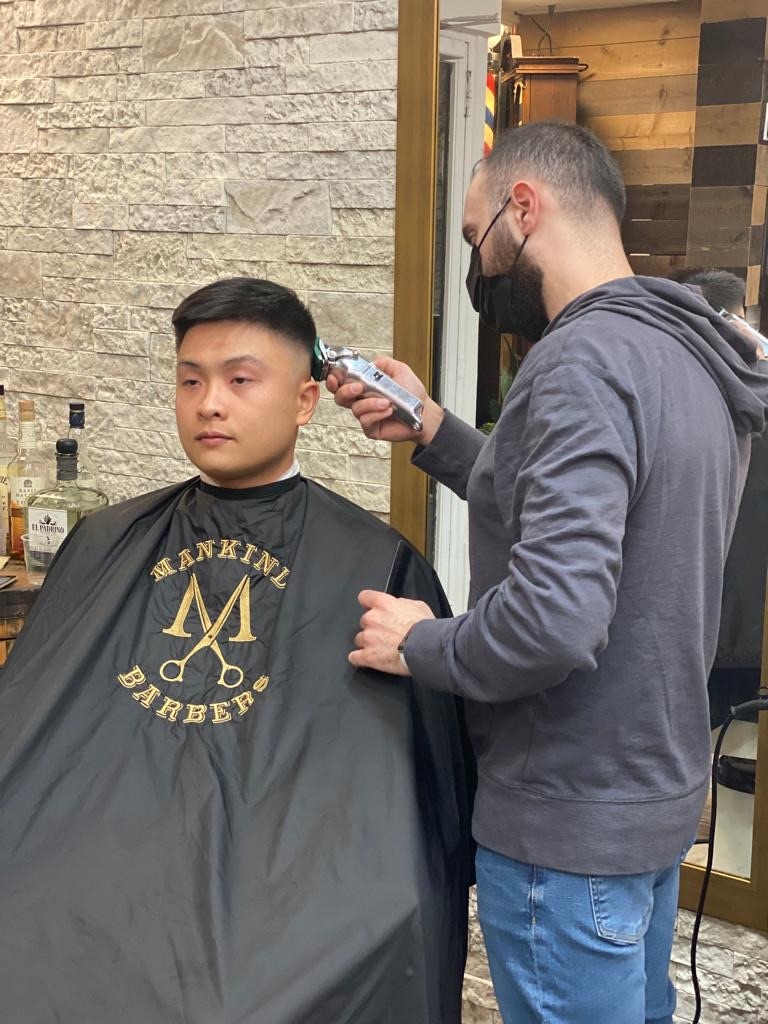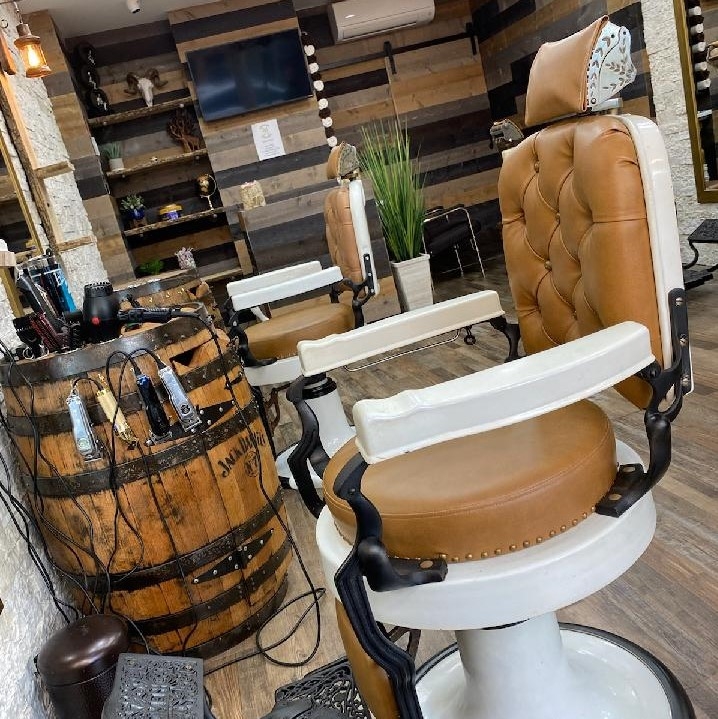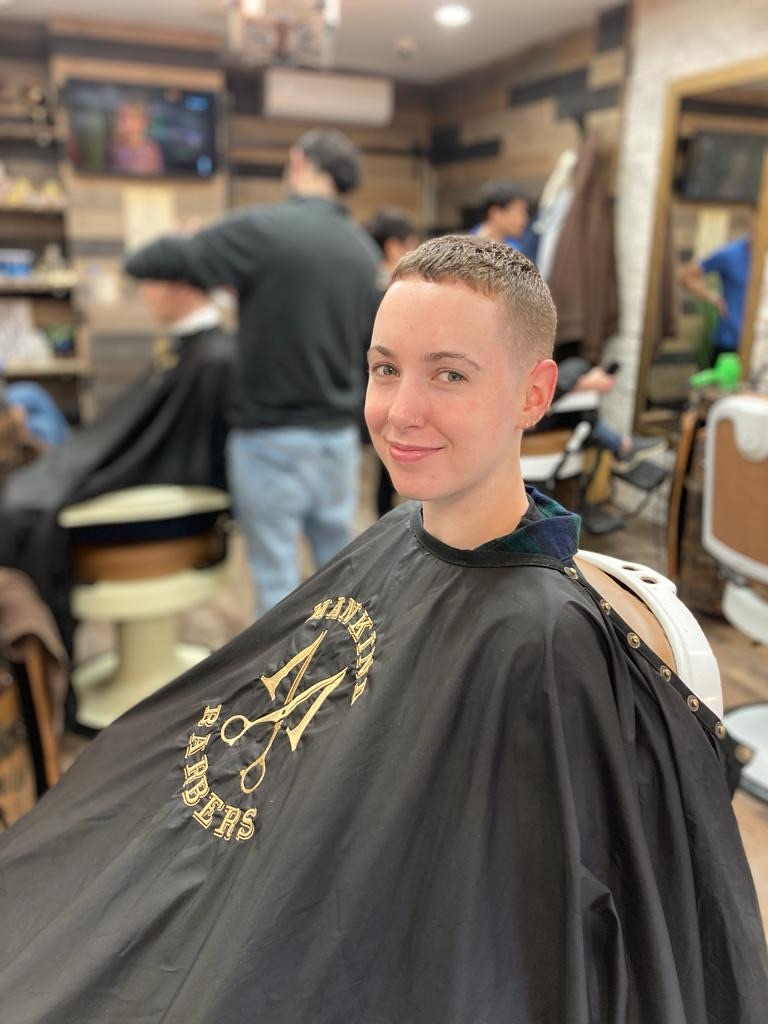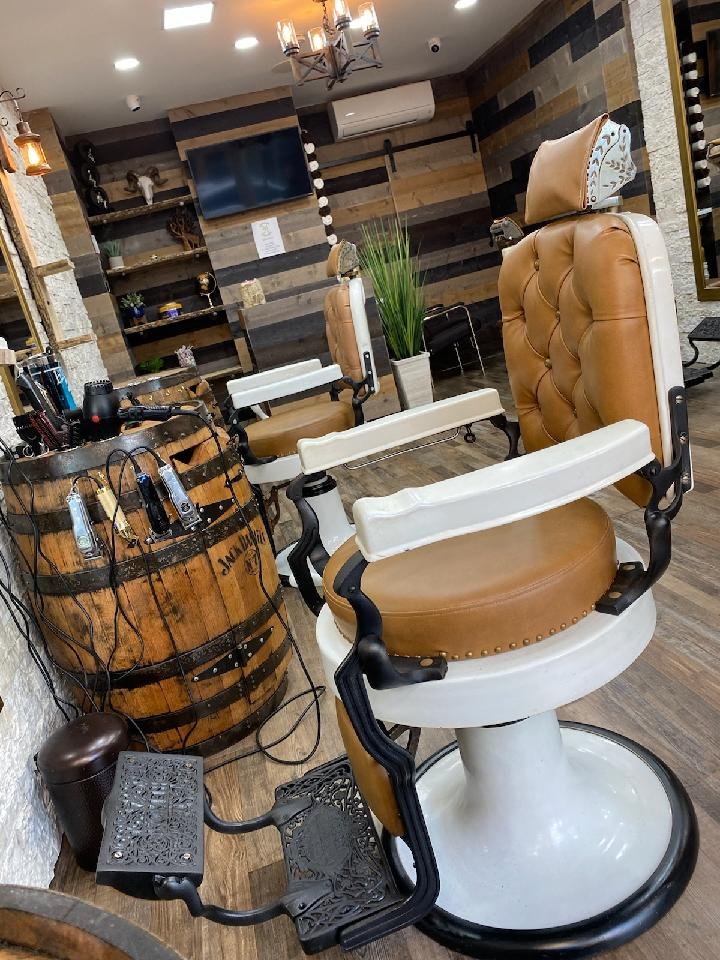Mustache Wax Application Tips
How often should mustache wax be applied to achieve the best hold?
To achieve the best hold, mustache wax should be applied daily. This frequency ensures that the wax maintains its hold throughout the day, especially in high humidity or windy conditions. By reapplying the wax each day, individuals can keep their mustache looking well-groomed and styled without any stray hairs ruining the look.



